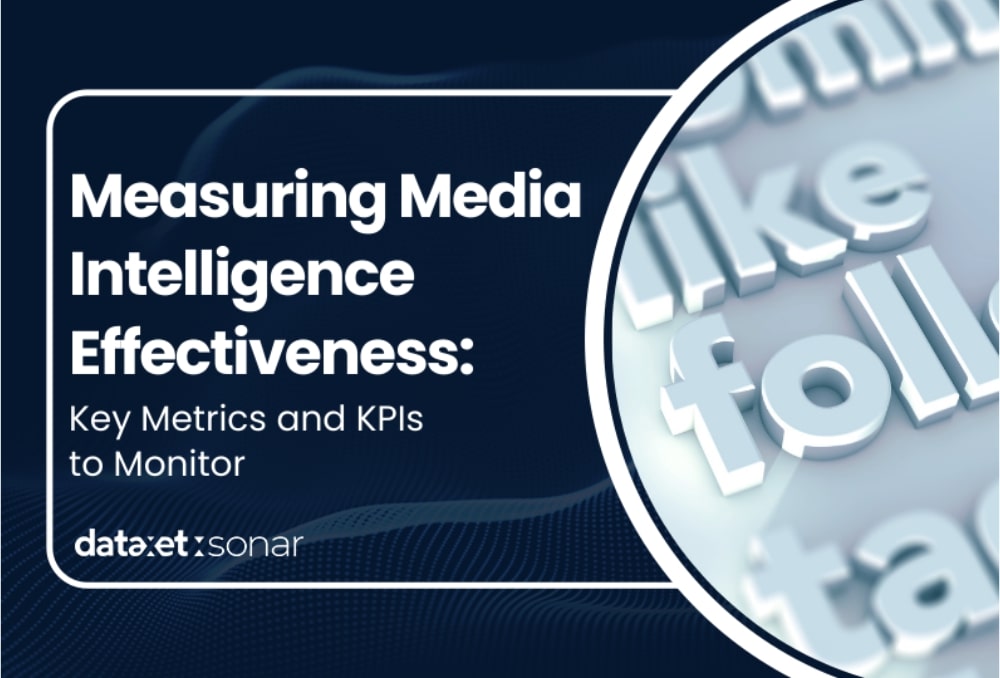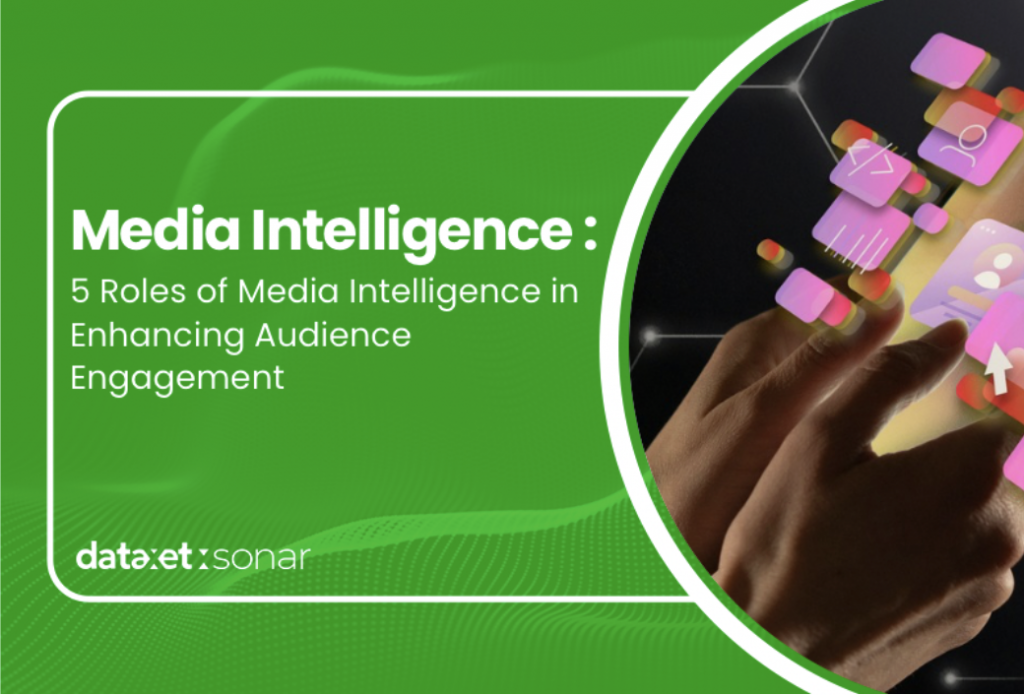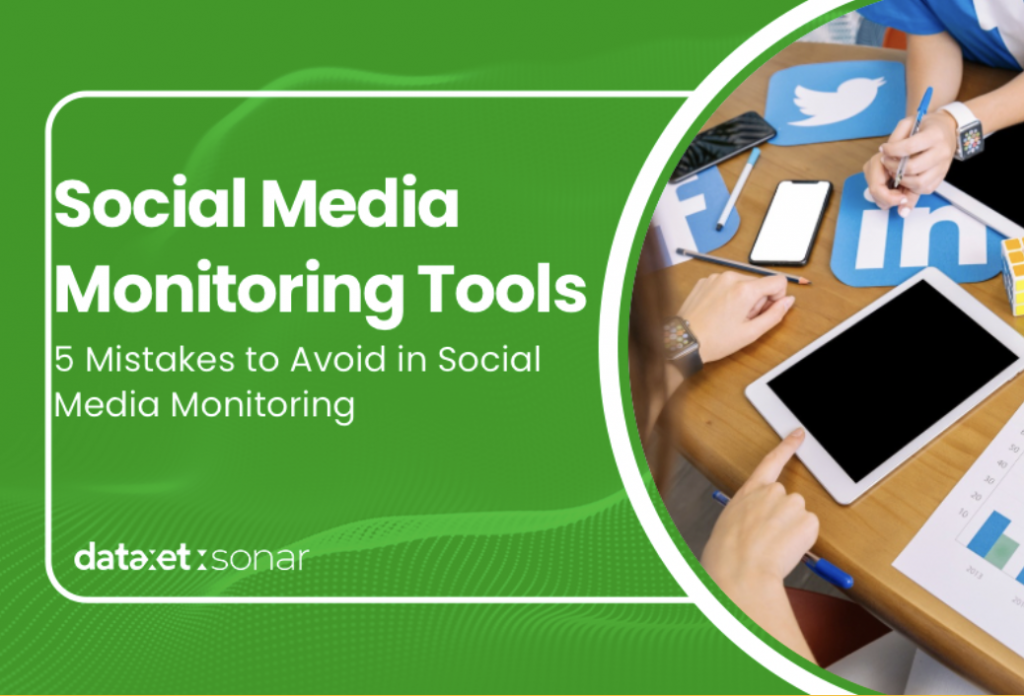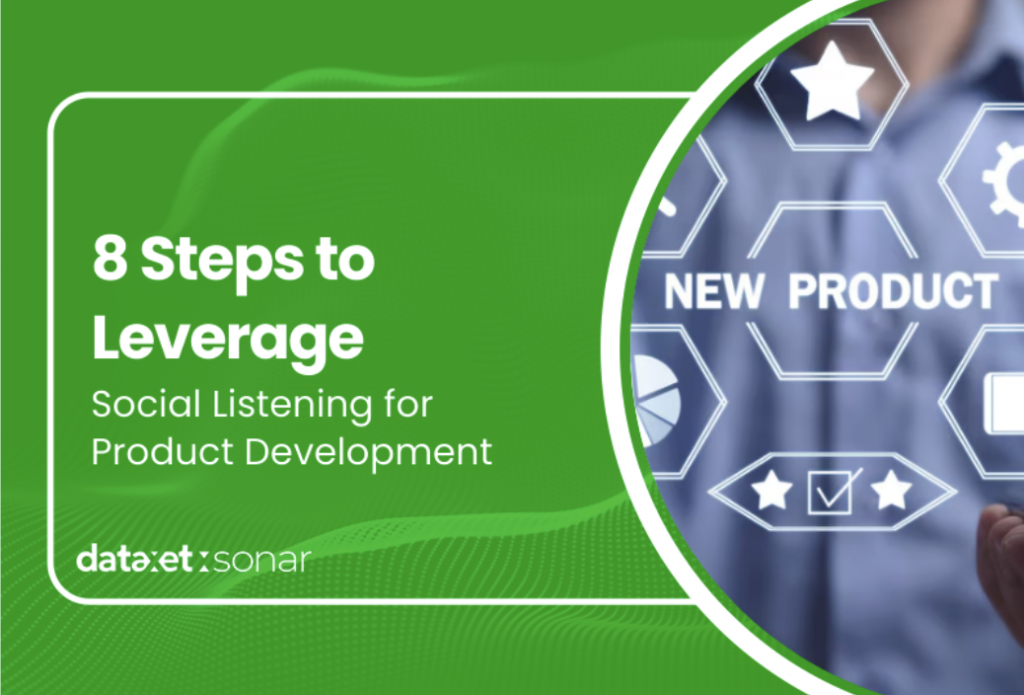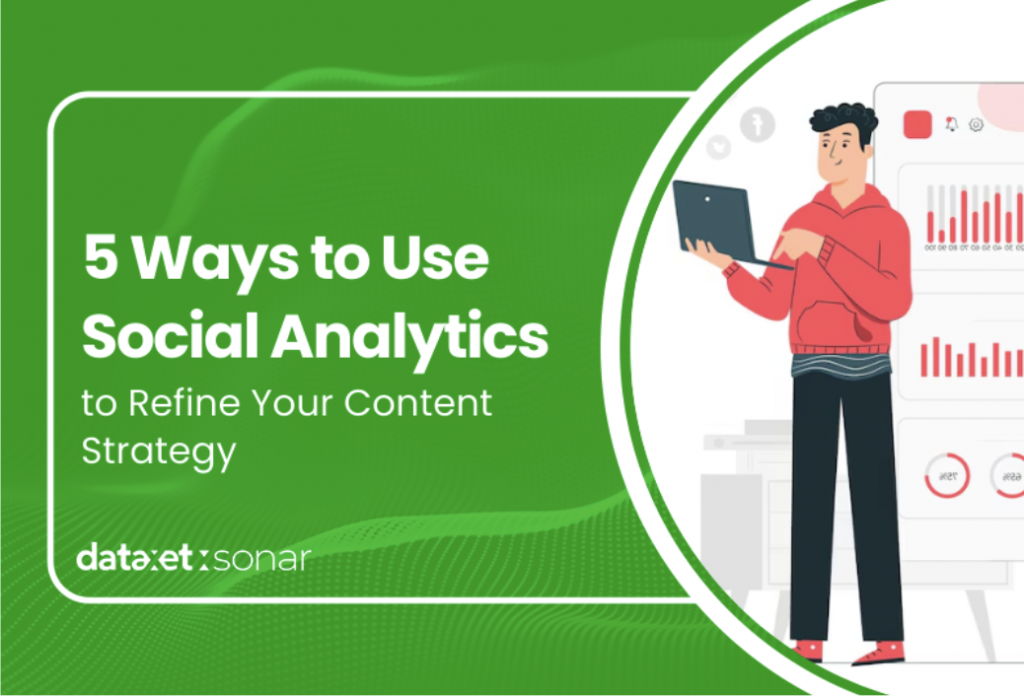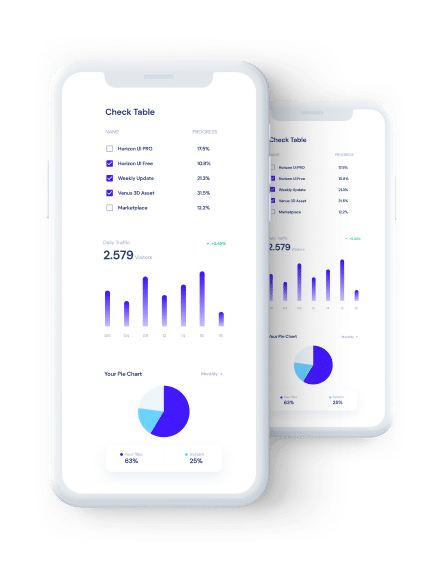Table of Contents
In the data-driven business world, media intelligence has become a strategic tool that helps companies understand public perception, monitor brand reputation, and improve marketing effectiveness. However, for the implementation of media intelligence to deliver maximum results, companies need to measure its effectiveness through various relevant metrics and KPIs (Key Performance Indicators). This article will discuss the key metrics that need to be monitored to ensure your media intelligence is working optimally.
1. What is Media Intelligence?

Media intelligence is the process of collecting, analyzing, and interpreting data from various media sources, such as social media, online news, and blogs, to generate insights that can support business decision-making.
Through media intelligence, companies can:
- Identify market trends.
- Monitor public opinion about the brand.
- Respond quickly to issues or crises.
However, the success of media intelligence is not only measured by the use of the tool, but also by its effectiveness in helping the company achieve its business goals.
2. Why is it Important to Measure the Effectiveness of Media Intelligence?
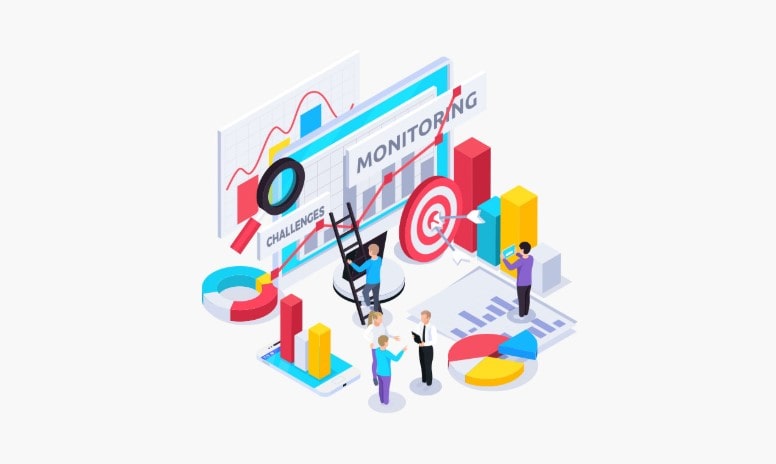
Without proper measurement, it is difficult for companies to know if their investment in media intelligence is making a significant impact. Here are some reasons why this measurement is important:
-
1. Assess ROI (Return on Investment)
With clearly defined KPIs, you can determine whether the cost spent on media intelligence tools is worth the results. -
2. Improving Business Strategy Data Analytics
Helps companies understand which areas need improvement, be it marketing strategy, reputation management, or audience engagement. -
3. Identifying Process Efficiency Measurement
Helps ensure that your media intelligence is working in the most efficient way to meet business needs.
3. Important Metrics and KPIs for Media Intelligence

Here are some key metrics and KPIs that you should monitor to ensure your media intelligence implementation is effective:
This metric measures how your audience perceives your brand, whether their sentiment is positive, negative, or neutral.
- Why it matters: Sentiment analysis helps you understand public opinion on your brand and respond to issues before they become crises.
- How to Measure: Use sentiment scores from media intelligence platforms to see sentiment trends over a certain period.
Share of voice is the percentage of mentions of your brand compared to competitors in the media.
- Why it matters: This metric shows how much your brand dominates the conversation in the market.
- How to Measure: Compare the number of mentions of your brand with your competitors through platforms like Dataxet.
Measure how actively your audience interacts with content, such as through likes, shares, comments, and mentions.
- Why it matters: High engagement shows that your content is relevant and interesting to your audience.
- How to Measure: Analyze the level of engagement on social media and relate it to your campaign objectives.
Coverage reach is the total number of audiences who see or are exposed to your content across various media.
- Why it matters: Helps you understand how wide the reach of your content or brand message is.
- How to Measure: Use reach reports from media intelligence tools.
This metric measures the time it takes your team to respond to a crisis in the media.
- Why it matters: A quick response can prevent greater reputational damage.
- How to Measure: Calculate the average response time after a crisis is detected through the monitoring tool.
This metric measures your brand’s position against competitors, including sentiment, engagement, and share of voice.
- Why it matters: Helps you understand your competitors’ strengths and weaknesses for better strategies.
- How to Measure: Analyze competitor data provided by media intelligence platforms
4. How to Maximize Media Intelligence Measurement
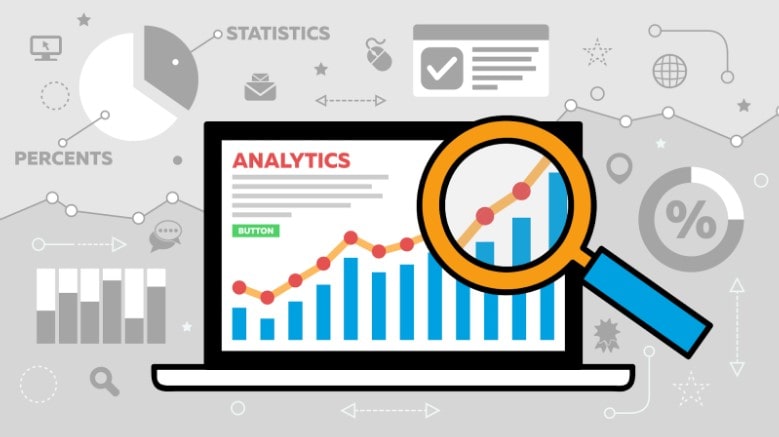
For these metrics to provide optimal insights, here are some steps you can take:
-
1. Set Clear Goals
Before you start measuring, make sure you set specific goals, such as increasing engagement or identifying market opportunities. -
2. Use the Right Media Intelligence Tool
Choose a tool like Dataxet, which provides not only in-depth analysis but also reports that can be customized to your business needs. -
3. Focus on Relevant Data
Avoid collecting too much irrelevant data. Focus on metrics that match your business goals. -
4. Conduct Periodic Analysis
Evaluate media intelligence results regularly to ensure your strategy is always aligned with market needs -
5. Engage the Right Team
Make sure the team in charge understands how to read the data and translate it into strategic actions.
5. Case Study: Using Media Intelligence Metrics for Success
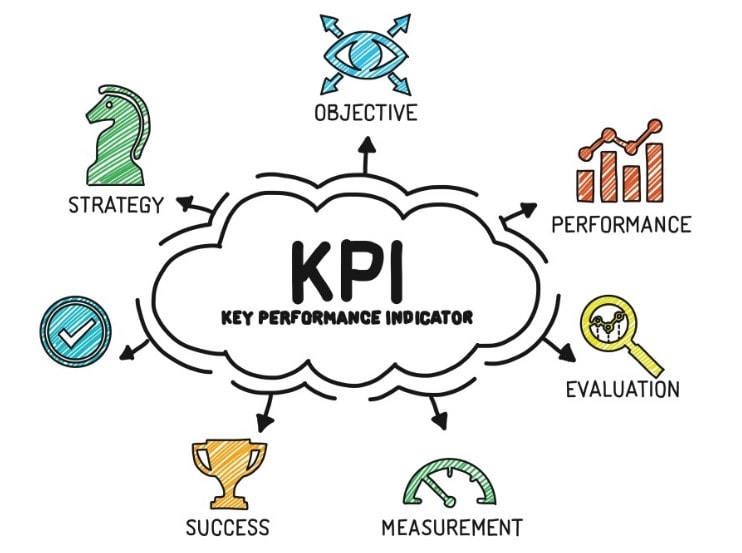
A company from the FMCG sector utilized Dataxet to monitor public sentiment towards their new product launch. By using sentiment analysis and coverage reach features, they were able to identify that their campaign was getting a sub-optimal response, especially on social media platforms.
In addition, the share of voice data revealed that their main competitors were dominating the digital conversation in the market. With these insights, the company immediately improved their content strategy and adjusted their campaign messaging to better suit audience preferences.
As a result, within two months, their campaign engagement rate increased by 35%. Due to privacy policies, the client’s name cannot be disclosed, but this case study emphasizes how important media intelligence is to understand the data and take the right strategic steps.
6. Conclusion
Measuring the effectiveness of media intelligence is an important step to ensure that your business strategy is based on accurate and relevant data. By monitoring metrics such as sentiment analysis, share of voice, and crisis response time, companies can take more appropriate steps in maintaining reputation and achieving business goals.
Platforms like Dataxet make it easy for businesses to gain deep insights from media intelligence data, so you can focus on making strategic decisions. Start integrating these metrics in your strategy to achieve greater results.

